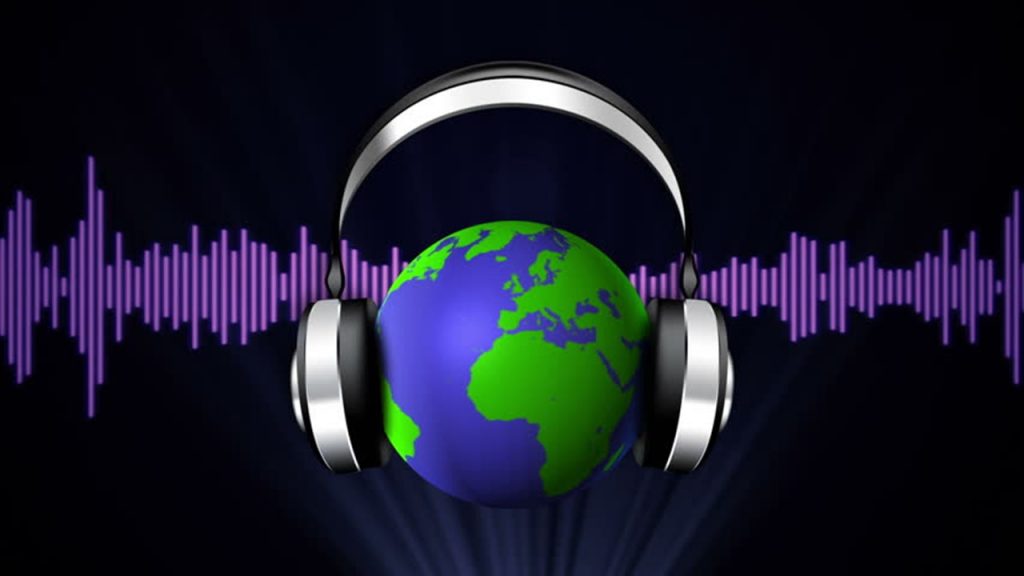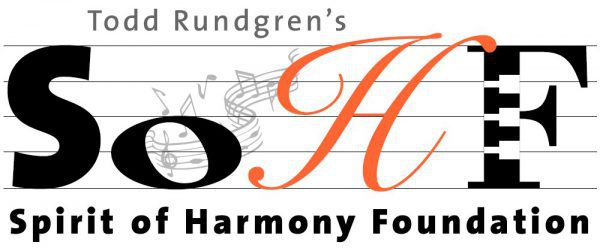
The Spirit of Harmony advocates for music education for children, and even in these unprecedented times, it is our hope to offer practical assistance to music programs dealing with the challenges of shelter-at-home orders and closed schools. Please reach out to us. We will assist you to the extent possible, and we will update this page on an ongoing basis–please check back often.
Step One! NAMM Foundation (National Association of Music Manufacturers) has posted several helpful webinars on video, discussing every aspect of music education during the COVID-19 pandemic. Please click here. Take the time to watch these videos, as they cover a wide range of situations and ideas. We strongly encourage you to sign up for future NAMM webinars as they are scheduled. The webinars are free and they are excellent.
The US Department of Education issued new COVID-19 safety guidelines for schools. Please find that information and more at this link.
Step Two! Music educators are about to enter the biggest advocacy fight of their lives. Read what Yamaha’s Dr. Dave Gerhart has to say about the best approaches to take when interacting with school administration. This is an excellent overall resource. Please click here.
Here’s a little pep talk!
Some Reference Material
RETURN TO MUSIC Guidance and Resources, August 2021: What does music look like as we move into 2021-2022? The Return to Music Project wants to make the lives of music educators easier moving forward as we advocate for our programs, plan for the upcoming school year, and try to keep the music alive in our schools across the nation.
Music Education and Social-Emotional Learning: The Heart of Teaching Music (National Association for Music Educators)
Article: Science of Why Music Helps Us Connect in Isolation.
Remote and Virtual Lessons
Many instructors are utilizing Facetime, to conduct one-on-one lessons with students. Other options are the Google G Suite (Google Classroom, Google Forms, Google Docs, Google Meet, Gmail, etc) and Microsoft Teams. ZOOM is also very useful for one-on-one lessons or very small groups (larger groups are difficult because of sync issues – see below).
Structured lessons are available through some of the music book publishers. Please consider these powerful, innovative, and low-cost resources and how they can make high quality remote music education possible:
Smart Music: https://academy.smartmusic.com/
Alfred Music: Online use of music books
Essential Elements/Hal Leonard: https://www.essentialelementsinteractive.com/
Article: How Music Education is Using Tech to Thrive During Coronavirus Lockdown
Group Performances
ZOOM: Zoom is a great platform for getting large (up to 100!) groups together online. In all honesty, its usefulness for simultaneous playing/singing is very limited because of sync issues, so it would be most useful for demonstrations with one person playing at a time. If you don’t mind auditory chaos, however, it is a good way for teachers and students to see each other and to interact together, and it can be fun and easy to use. Zoom is free to use for sessions under 40 minutes. We recommend you give it a try and if you find the 40 minute limit a hindrance to your program and the fees are an obstacle for you, please contact us and we will discuss options with you.
Here is a webinar called “An Educator’s Guide to Teaching Over Zoom,” which is for general teaching, and not specifically for music. Please click here.
Here is a helpful video that provides basic instructions on using Zoom:
Some great tips here.
Other online group software options: With the increased demand for web-based meeting platforms, the field is being updated regularly to meet the needs of the “new normal.” Here is a comparison chart, with linked independent reviews. Please contact us if you discover a platform that works particularly well for your music education program, so we can share the information with others! We would truly appreciate your feedback.
Collaborations: For two or three players, Instagram Live is becoming popular. For a more academic/classroom experience, there is an ever-expanding array of tools available. Please click here for a comprehensive article about file sharing programs and collaborative “jam” platforms. The Spirit of Harmony would be very grateful to hear about your experiences with platforms that allow music students to play together, interactively.
Multi-Source Video: Because of sync issues, the only way to combine a larger group of players onto a single video and have a cohesive audio track (with readily accessible technology) is to have each player record their part and combine them with a video editing program.
Support Network
Please use this time to reach out to any and all professional organizations available to you so you can interact with colleagues and work together toward solutions to the challenges all of you are facing. Even if it means taking a leadership role in initiating ZOOM meetings or conference calls, please know that you are not alone and other music educators are facing many of the same challenges. Please reach out and keep yourself connected to others in a similar situation!
Make Music Day: Please visit this website for all sorts of excellent remote music-making ideas and experiences for Make Music Day, June 21.
Plan for the Future
Please take this opportunity to document the challenges you are facing right now, and what steps can be taken to ameliorate some of the challenges for the future. We don’t know how long this will last and if or when we will face these situations again, so preparation is key.
Music is part of a “well rounded education” defined by federal law. This doesn’t mandate music in any school, but it helps provide additional legitimacy to the academic nature of music education.
Send your report/evaluation to management, whether they request it or not! Some examples:
- Many schools/programs were not able to get the children’s instruments out of the building before things shut down. How can you make it possible for kids to have their instruments at home during a shut-down? (One music program mentioned that the children travel by bus and the bus company would not let them bring instruments on the bus because of space issues. In such a case, it might be necessary to convince the school administration to work out an agreement with the bus company, even if it means they must make multiple trips.)
- Get actual data regarding kids who have access to the internet and have the devices they need to connect them to remote learning platforms when needed. What would it take to make sure all of the students you teach have a device and internet access (provide an actual cost/resource estimate)?
- Consider collecting recordings of students’ public performances and compiling all of them on a YouTube channel, so kids and their families can remain connected and engaged. Before doing so, check with your school/organization’s policies about including the faces of children in public videos.
- Prepare written exercises that are music- related to keep children engaged in music, regardless of their access to instruments or connectivity. One excellent idea is to instruct students to find an example of a musician playing “their” instrument and what they especially like about it and why (video, televised performance, or any recording.)
- When school reconvenes, no one can predict the budgetary situation. It is unfortunately very possible that music programs will experience cuts. PLEASE take some time to read our Music Education Advocacy Toolkit (to the right on this page) to get articles and links about the importance of music education for children. You will also find an abundance of resources and ideas. Make sure that your Plan is very specific about the vital importance of continuing your program(s)!
- As in-person music programs at schools give way to virtual and online music programs, we now have an opportunity to advocate for music programs being offered as part of the regular curriculum, just as virtual and online math and history programs are offered by schools.
There are two powerful reasons for using close-down times for this kind of planning. First, you see the challenges while in the middle of the challenging time, which provides a clear perspective. Second, your planning will help ensure that school districts understand the importance of music education and logical solutions to some of the impediments to providing students with music education.
The Spirit of Harmony is happy to take a look at your plan and offer constructive feedback. Please send to info@spiritofharmony.org and we will do our best to help you create a comprehensive and compelling plan.
A Little Inspiration
Program Spotlight Archive
Please click here for previous features.
